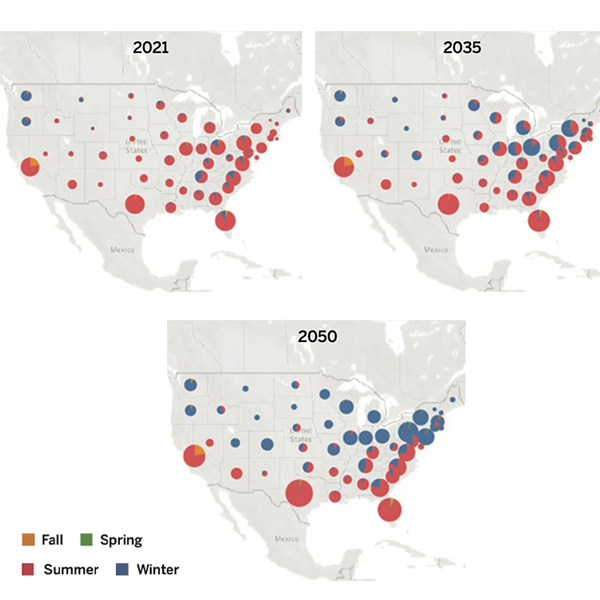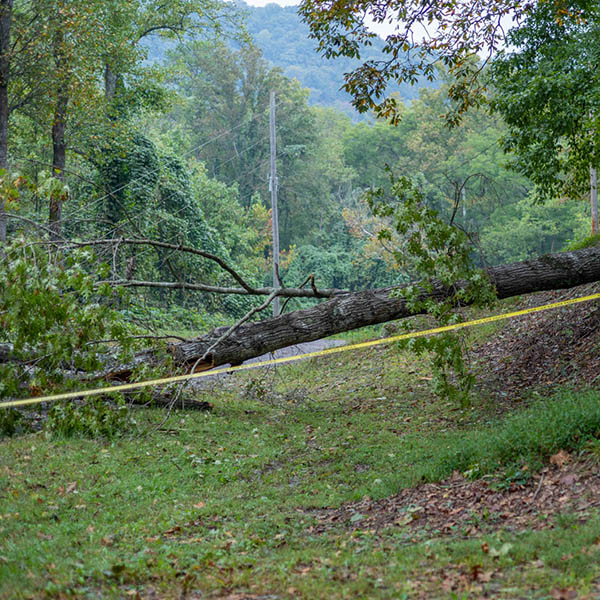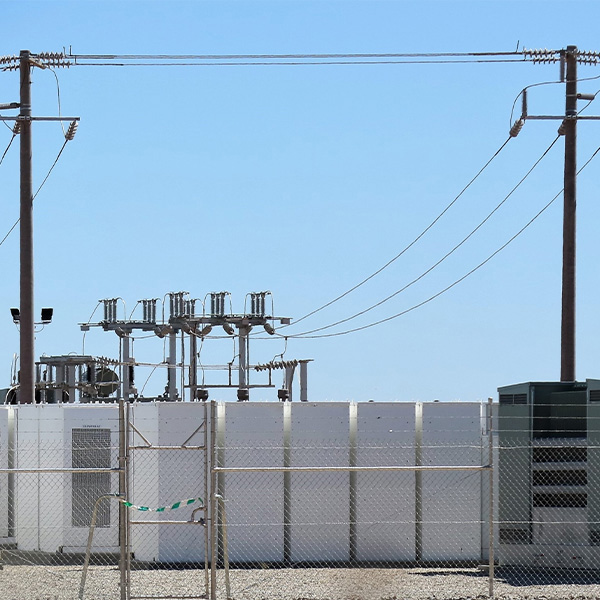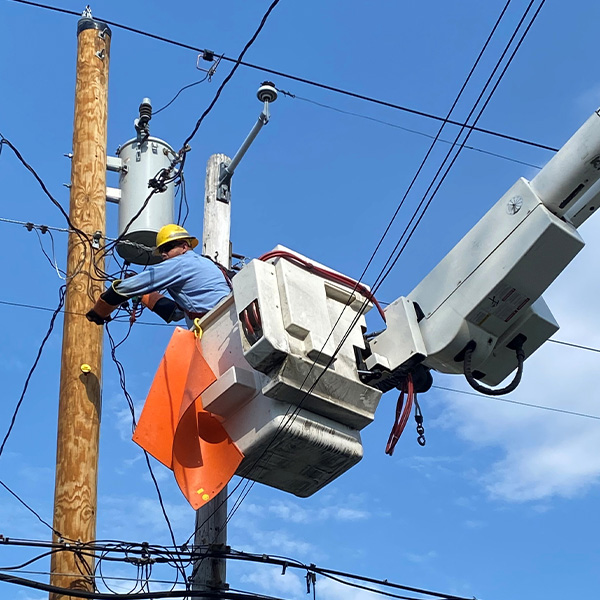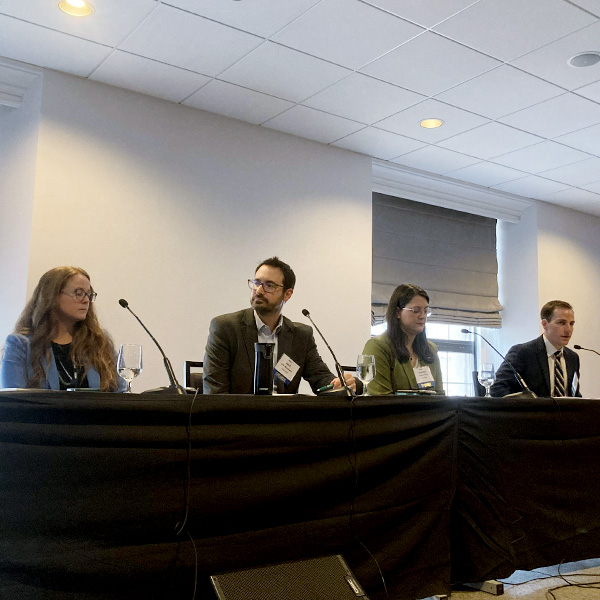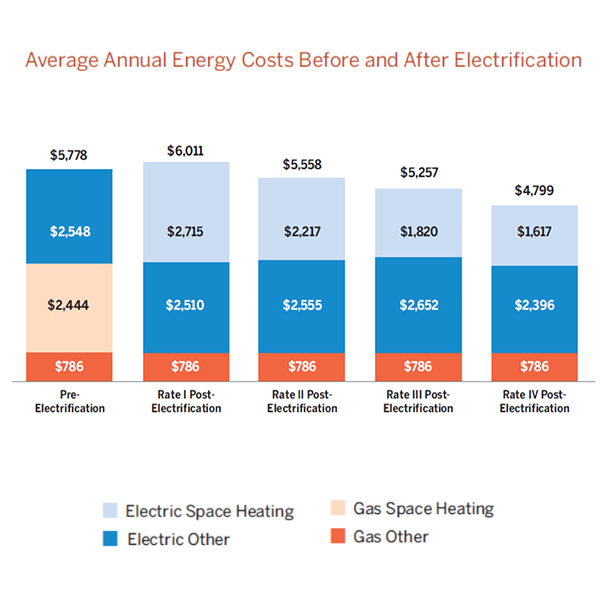distribution system
The new report argues that discussions about building electrification largely leave out one key issue: how to prepare the grid for the higher demand and new consumption patterns associated with the shift.
While most customers have seen their power restored since Hurricane Helene hit, some of the hardest hit and most remote customers could wait weeks to get their lights back.
The Massachusetts Department of Public Utilities approved grid modernization plans from electric distribution companies to handle increasing electrification and the deployment of distributed resources.
The use of distributed energy resources can reduce grid costs, delay system upgrades, authors contend.
Serving new demand from medium- and heavy-duty vehicle electrification will require grid upgrades but could lower utility rates, Advanced Energy United said.
The U.S. Department of Energy finalized energy efficiency standards for distribution transformers to increase grid efficiency and save $824 million annually.
Transmission limits remain a major barrier to scaling up wind and solar energy to meet state decarbonization goals, speakers at the NECA’s Renewable Energy Conference said.
Panelists at the GridWise Alliance's gridCONNEXT conference discussed how to reliably and affordably enable the energy transition with smart meters, distributed energy resources and other investments at the grid's edge.
Utilities and customers both benefit when proactive hosting capacity planning is used to get ahead of the rising demand for distributed energy resources, panelists at the RE+ conference in Las Vegas said.
ACEEE released a report highlighting strategies for avoiding higher overall energy bills from electrification, which is a concern for states with high average power prices.
Want more? Advanced Search
